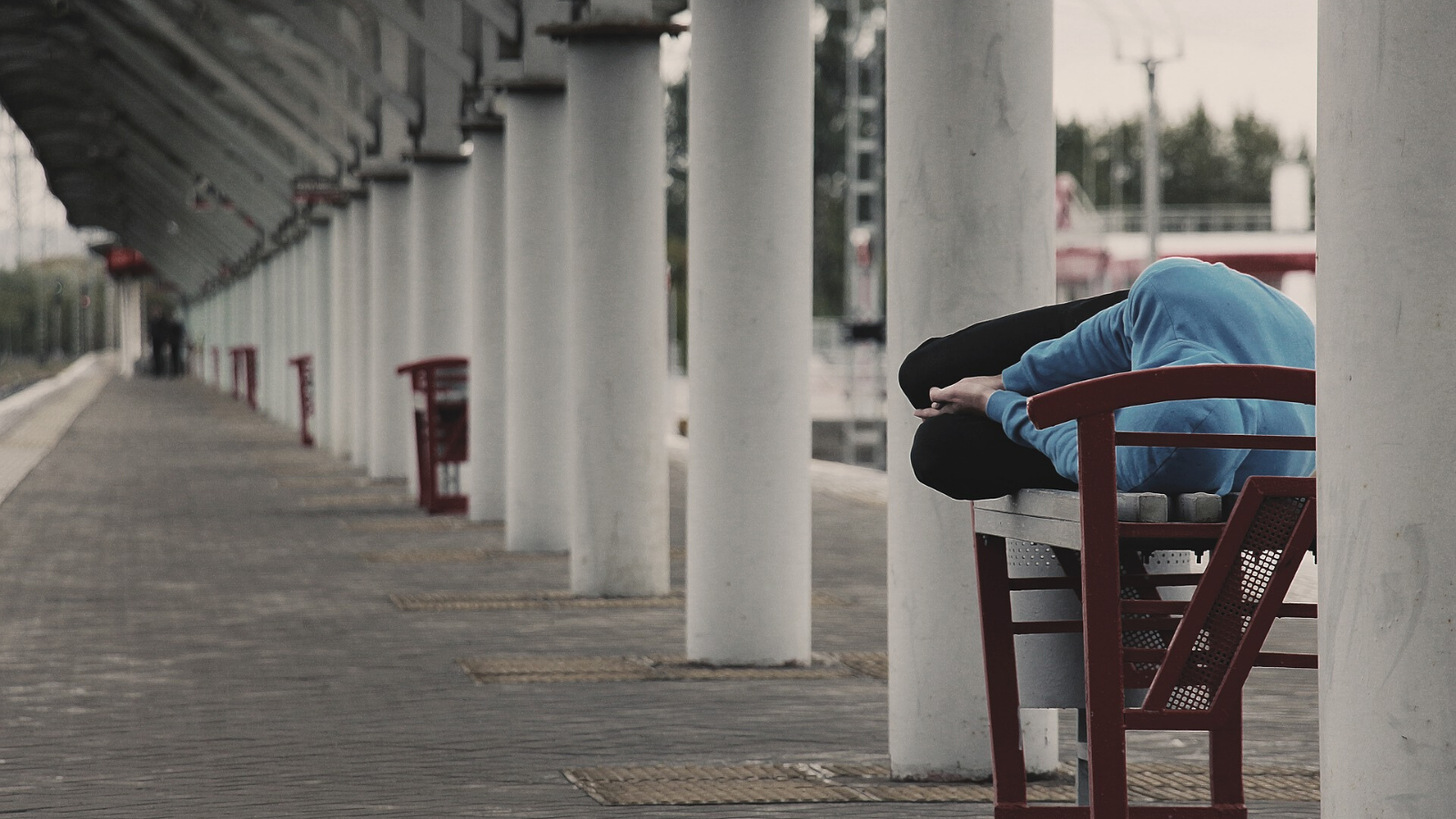Homelessness is a crisis in the United States, but it’s not always visible to everyone. For people who don’t see or experience homelessness on a regular basis, it’s hard to know just how common it is. In 2019, there were an estimated 7,977 Minnesotans experiencing homelessness on any given day. Solving the problem of homelessness all starts with learning the facts. Knowing the who, what, and where of homelessness can help us pinpoint the needs of our community–and where we can help
Homelessness in the U.S.
- In 2019, 17 out of every 10,000 Americans were homeless. That’s an estimated 567,715 Americans.
- Homelessness increased by 3% between 2019 and 2018. Homelessness is especially on the rise on the west coast.
- Shelters are frequently at capacity, leaving many unsheltered. On one night in January 2019, only ~2/3 of homeless individuals were in shelters or transitional housing programs.
- An estimated 35,000 unaccompanied youth under 25 experience homelessness on a given night. Youth are more likely than the general homeless population to not stay in a homeless shelter.
- 20% of people experiencing homelessness in the U.S. also have a serious mental illness, which can make it harder for them to gain access to housing. Homelessness can also prevent people with mental illness from getting mental health care.
- African Americans are disproportionately represented in the homeless population. African Americans make up 40% of the homeless population, but only 13% of the U.S. population. The lingering effects of discrimination and systemic inequality is to blame for this. African Americans are over twice as likely to experience poverty than white Americans.
- The average minimum wage worker in the U.S. can’t afford housing. In order to rent a “modest” two-bedroom rental home, the average American would have to make nearly $23 an hour to afford their rent.
- There are only 23 counties in the U.S. where a minimum wage worker could afford a one-bedroom rental home, and those are all counties where the minimum wage is higher than the federal level.
Homelessness in Minnesota
- Homelessness in Minnesota increased by 10% between 2015 and 2018. On the night that Wilder Research’s Minnesota Homeless Study was conducted, around 1/3 of homeless people reported they had been turned away from homeless shelters because shelters had reached capacity.
- Over half of homeless Minnesotans have a serious mental illness. This can add additional barriers to finding mental healthcare.
- The Twin Cities has an affordable housing crisis. In the seven-county metro area of the Twin Cities, a minimum-wage worker would have to work 60-80 hours per week to be able to afford a “modest” one-bedroom rental home. More than half of homeless Minnesotan report being unable to find housing they can afford. The average income reported was considerably less than the price of a one-bedroom apartment in Minnesota.
How is Homelessness Measured?
There are several organizations that regularly track homelessness data in the United States.
- The U.S. Department of Housing and Urban Development is a department of the Federal Government that works with regional organizations to conduct a homelessness count on a single night in late January every year all across America.
- The National Low Income Housing Coalition is an organization that publishes a yearly report on the disparity between low-income Americans and fair market housing prices. They look at the typical cost of a modest one-bedroom or two-bedroom rental home and compare that to the minimum wage in a specific area.
- Wilder Research is a Minnesota-based organization that conducts a one-night study into homelessness in Minnesota.
Help Us Help Our Communities
Homelessness is a pressing and complex issue. Knowing the facts can help us make better choices for our community. At Guild, we are equipped with the proper tools and expert staff to address homeless (and mental health!) in our communities.
At Guild, we believe that all people deserve housing. Learn about the work Guild does to help people experiencing homelessness in Minnesota. If you are able, please make a donation to support our lifesaving work.
Sources:
The 2019 Homelessness Assessment Report to Congress, U.S. Department of Housing and Urban Development.
2019 Out of Reach Report, National Low Income Housing Coalition.
The Ripple Effect of Mental Illness, National Alliance on Mental Illness.
Minnesota Homeless Study, Wilder Research.
Racial Inequality, National Alliance to End Homelessness.
Mental Illness and Homelessness, National Coalition for the Homeless.

